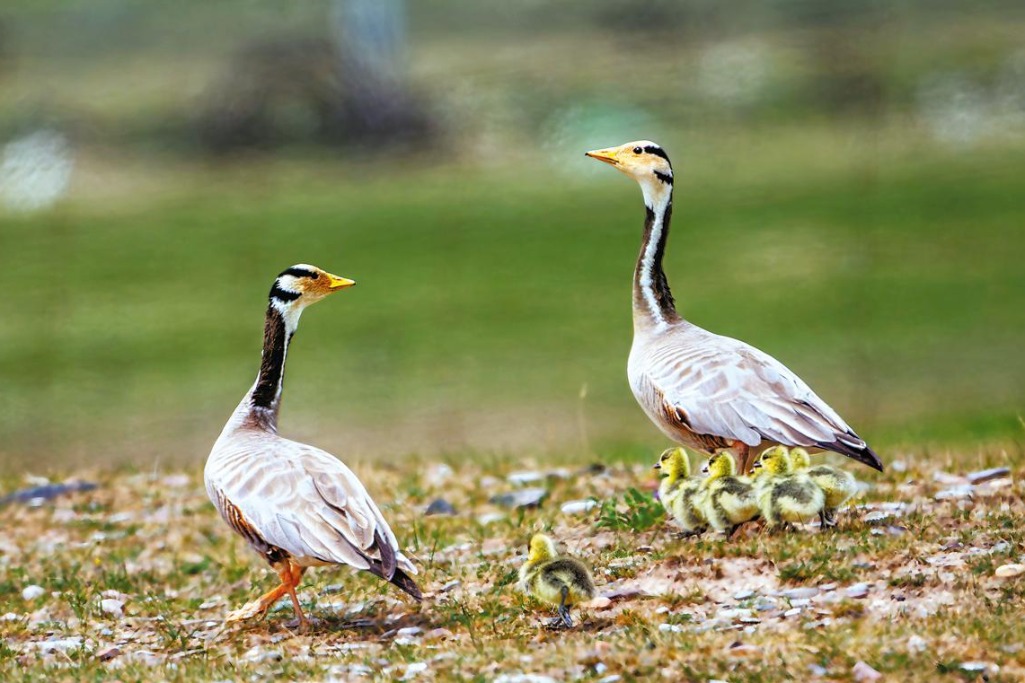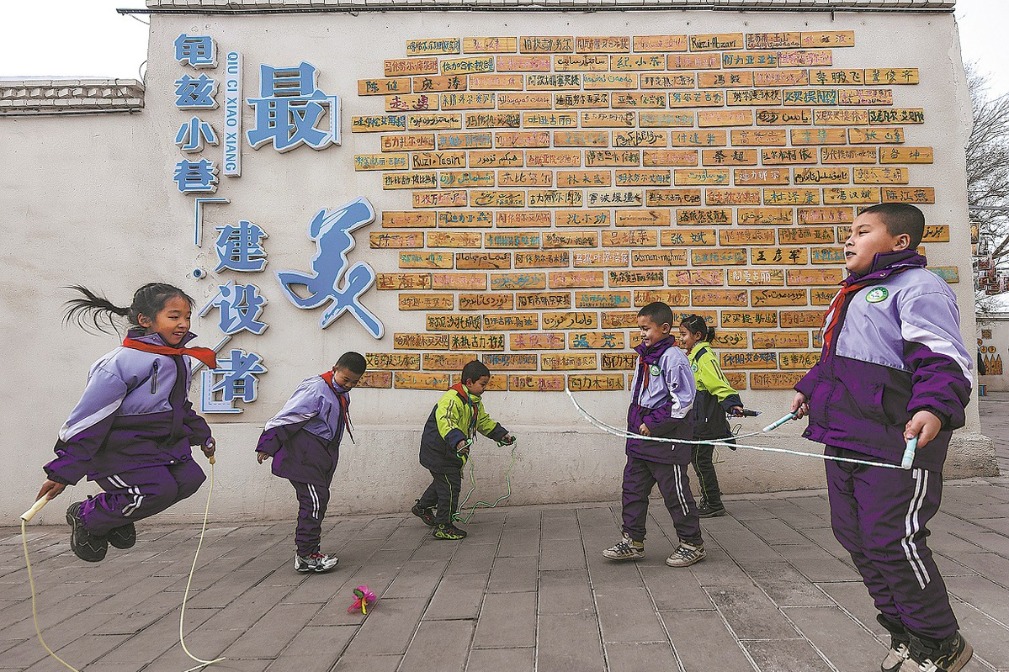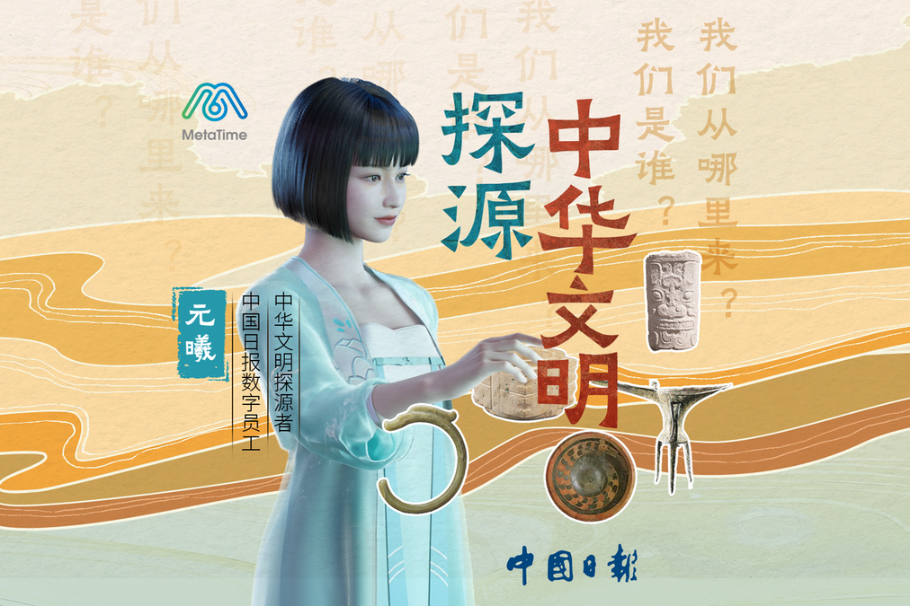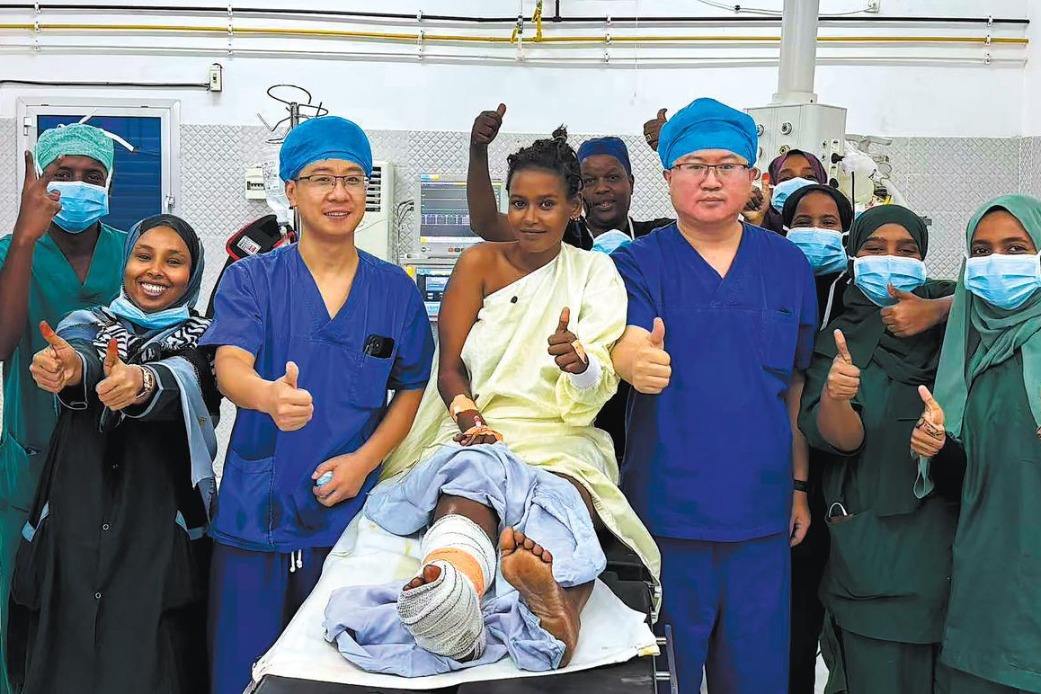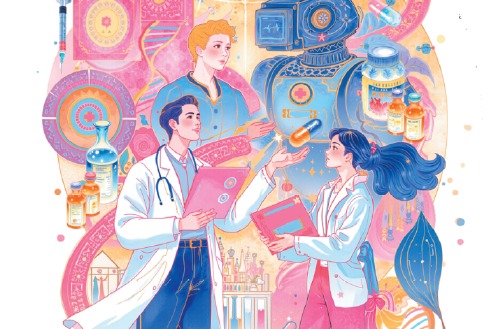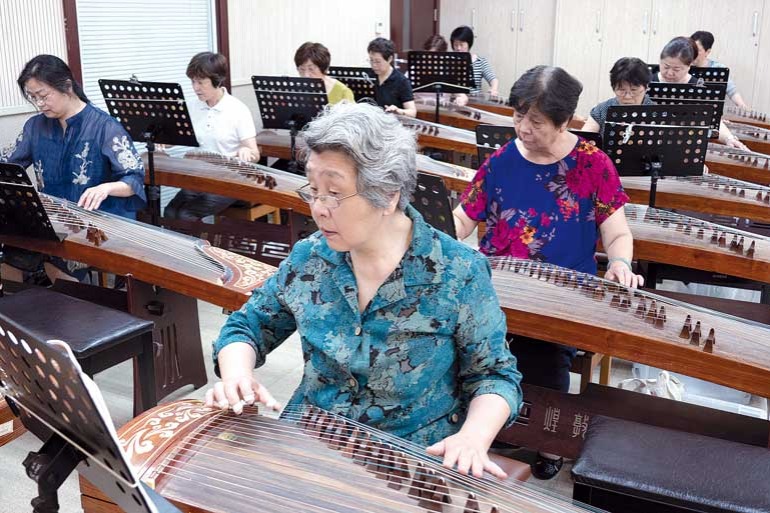Innovations can boost farm productivity


The Communique of the Third Plenary Session of the 20th Central Committee of the Communist Party of China emphasized the importance of consolidating the basic rural operation system, improving supporting systems to strengthen agriculture, benefiting farmers and enriching rural areas.
In fact the agricultural sector has been experiencing a new round of biotechnology and information technology revolutions, with technological innovations facilitating agricultural growth in China. Government data show that in 2021, improved crop varieties were grown on 96 percent of the total cultivable land, plots used for domestic crop varieties accounted for over 95 percent of the total, and the self-sufficiency rate of core breeding of major livestock species was 75 percent. In 2023, scientific and technological progress accounted for 62.4 percent of agricultural growth, while in 2022, the share of IT's agricultural value was 27.6 percent and smart agriculture's market size 74.3 billion yuan ($10.22 billion).
Information and communications technology (ICT) including the internet of things, intelligent equipment, remote sensing monitoring, and artificial intelligence have been applied to all agricultural sub-sectors and segments. For example, the digitalization levels of facility cultivation, livestock and poultry breeding, aquaculture and crop farming have increased to 41 percent, 32.8 percent, 16.4 percent and 21.8 percent respectively, with an increase of 30 percent in economic benefits.
Nationwide, about 2.2 million agricultural machines equipped with Beidou terminals are in use to increase operational efficiency, and the total number of plant protection drones has reached nearly 200,000, with their operational area being more than 1.4 billion mu (93.33 million hectares). The application of these innovative tools not only ensures the stable and secure supply of grains and other essential farm products but also increases the incomes of farmers.
But despite these successes, challenges remain. First, the management mechanism for innovations in agricultural science and technology is not robust, with a conversion rate of research results being only 30-40 percent, which is lower than the 70-80 percent of the United States and Japan.
Second, the investment in agricultural science and technology in China, measured as agricultural research expenditure as a percentage of agricultural GDP, is low, at only 0.77 percent, far below the roughly 2 percent of developed countries. Also, 85 percent of agricultural R&D funds come from the public sector, with the private sector's investment and innovation capability remaining relatively low.
Third, China's investment in agricultural science and technology is primarily focused on staple grain and feed crops (that is, rice, wheat and corn) and livestock, with relatively low investment in emerging areas such as non-staple food production, nutritious and healthy foods, green and low-carbon agriculture, and AI equipment and facilities.
There is a need therefore to promote innovations in agricultural science and technology to better meet the diversified strategic development needs, such as rural revitalization and the dual climate goals of peaking carbon emissions before 2030 and realizing carbon neutrality before 2060.
Guided by the government, market-oriented resource allocation, effective interaction among entities promoting innovation, and coordinated development of government, industry, academia and agricultural science and technology innovation systems should be encouraged.
By accelerating the process of enacting and improving laws, regulations and supporting policies, the government can better protect agricultural intellectual property rights.
Besides, the public sector should increase investments to promote innovations in the agricultural sector, and the agricultural enterprises should play leading roles as promoters of innovation. And the government can advance agricultural science and technology by leveraging public-private partnerships, government funding, tax incentives and financial support. This will be conducive to integrating social resources, accelerating the construction of a diversified agricultural science and technology funding system, and increasing investments to boost agricultural science and technology R&D.
The focus must be shifted from merely ensuring food grain security to achieving multiple goals including overall food security, nutritional health, and green and low-carbon development. While increasing investments to boost food grain production and livestock breeding, funds should also be allocated to increase the output and enhance the quality of relatively minor grain crops, which are often more nutritious and sustainable, as well as fruits, vegetables and aquatic products.
Moreover, ICT should be used to improve food storage, transportation, and processing with the aim of reducing food waste and losses.
Based on the recommendations of the World Agrifood Innovation Conference and Expo held annually in Pinggu district of Beijing, an open and inclusive global cooperation and exchange platform could be built to promote dialogue among research institutions, universities and agricultural enterprises from various countries in areas such as breeding technology, biotechnology, smart AI agriculture, sustainable agricultural practices and ICT.
And concerted global efforts should be made to overcome common global challenges such as climate change and degraded natural resources, food insecurity and malnutrition.
Fan Shenggen is the dean of the Academy of Global Food Economics and Policy and chair professor at China Agricultural University. Feng Xiaolong is an associate professor at the Academy of Global Food Economics and Policy at China Agricultural University. The views don't necessarily represent those of China Daily.
If you have a specific expertise, or would like to share your thought about our stories, then send us your writings at opinion@chinadaily.com.cn, and comment@chinadaily.com.cn.
















